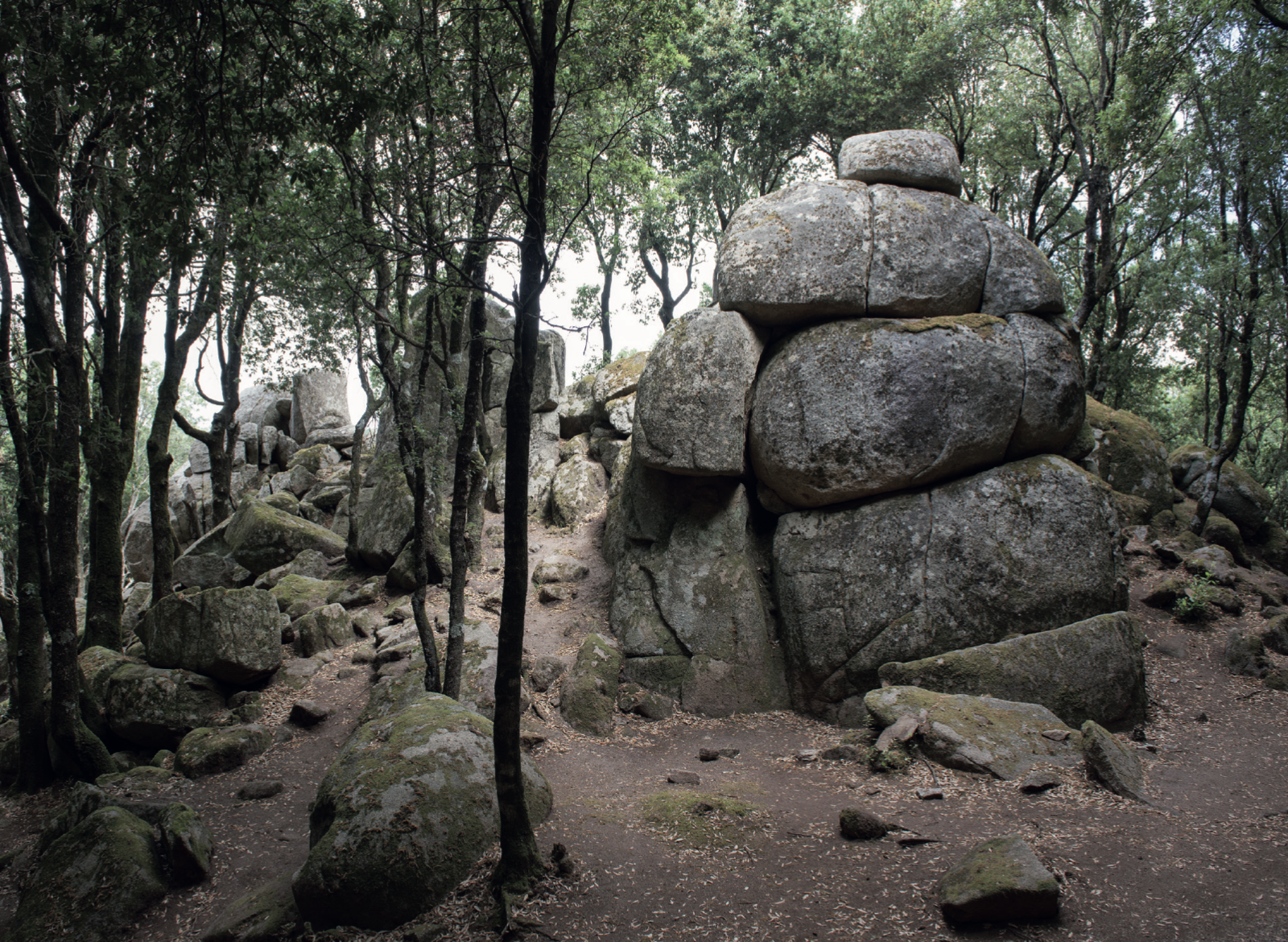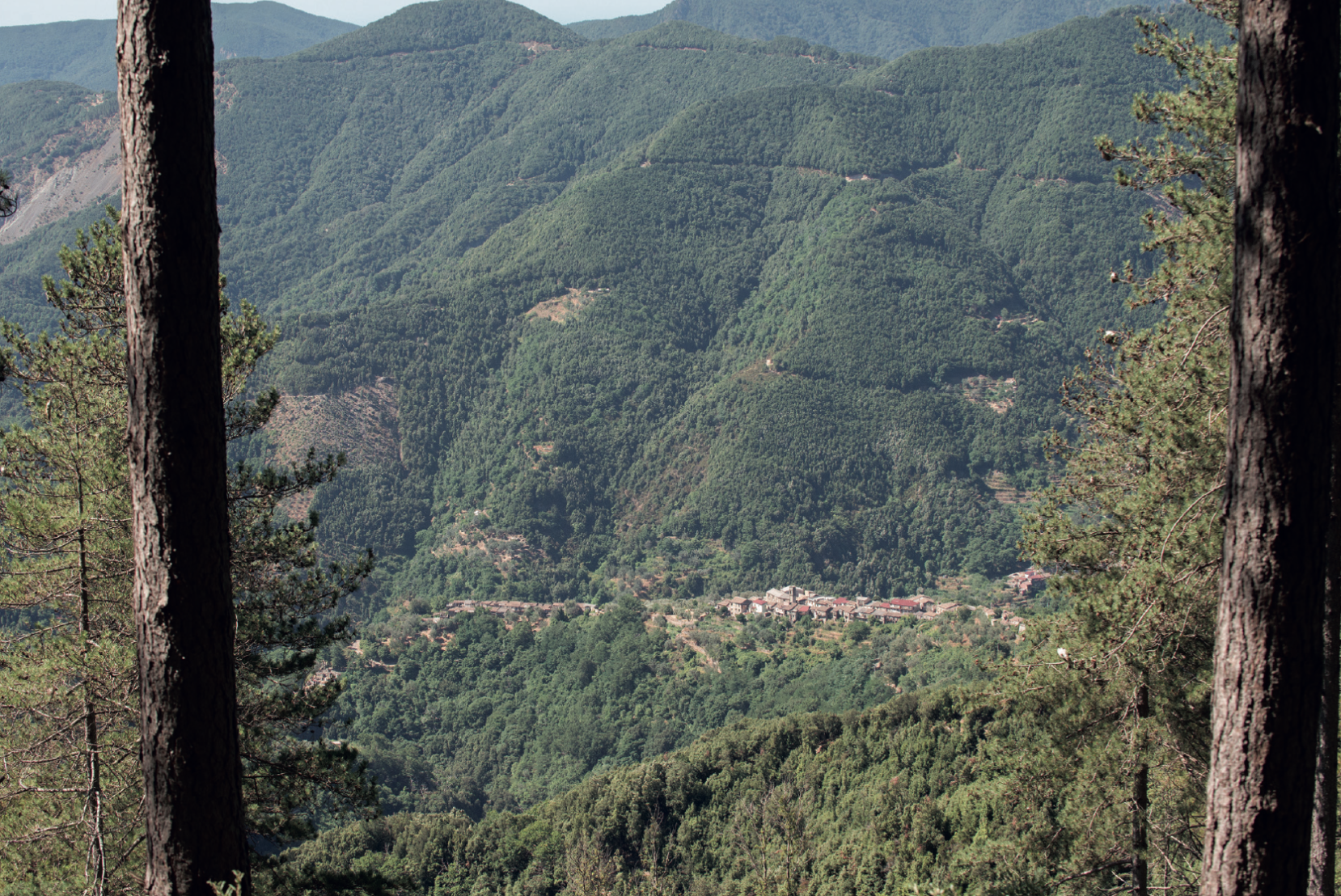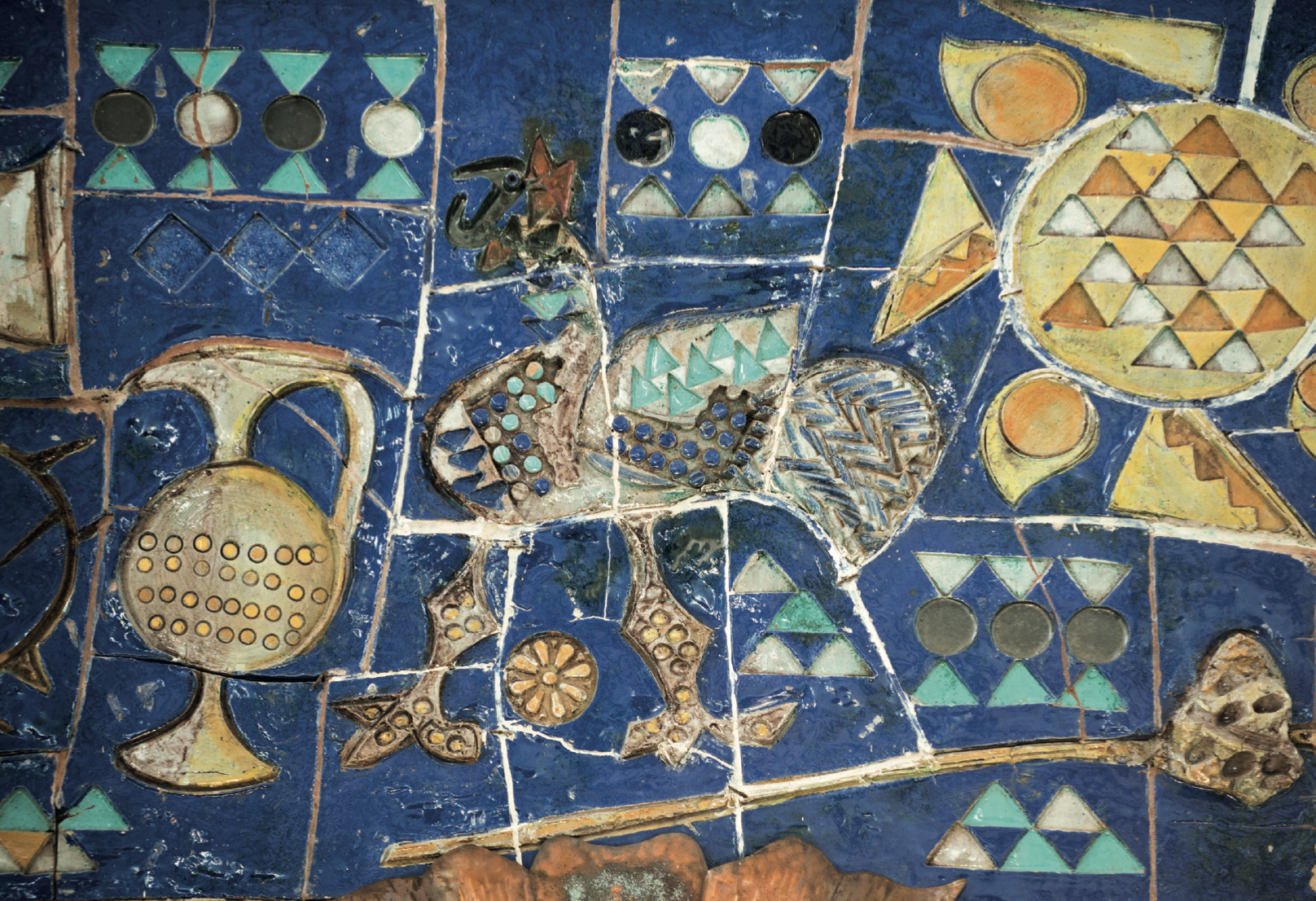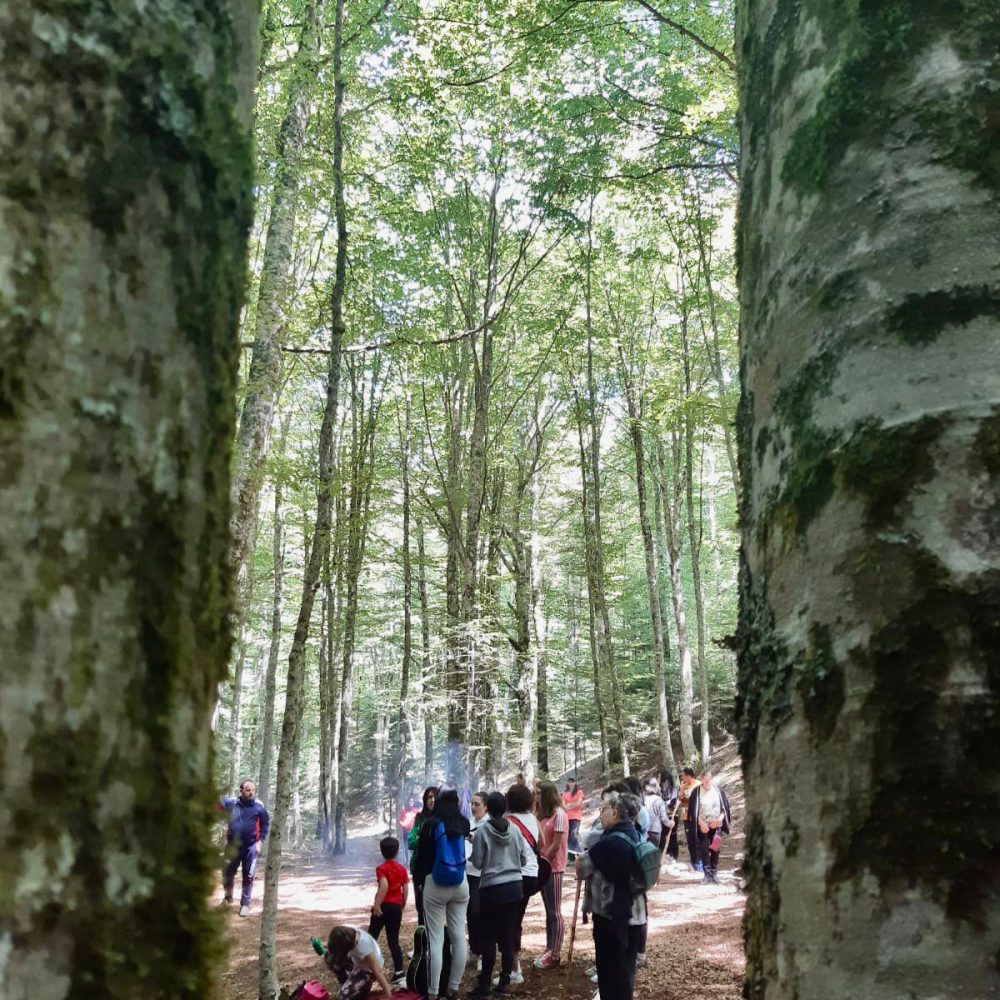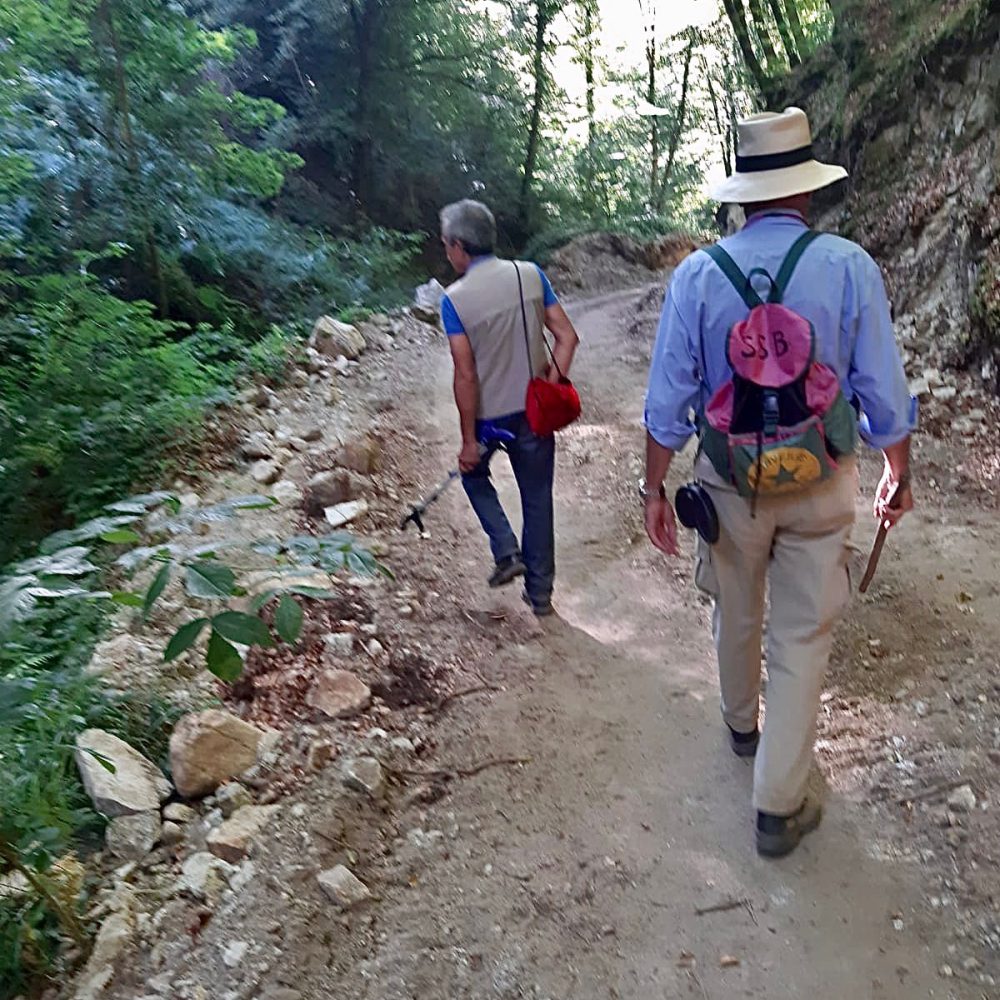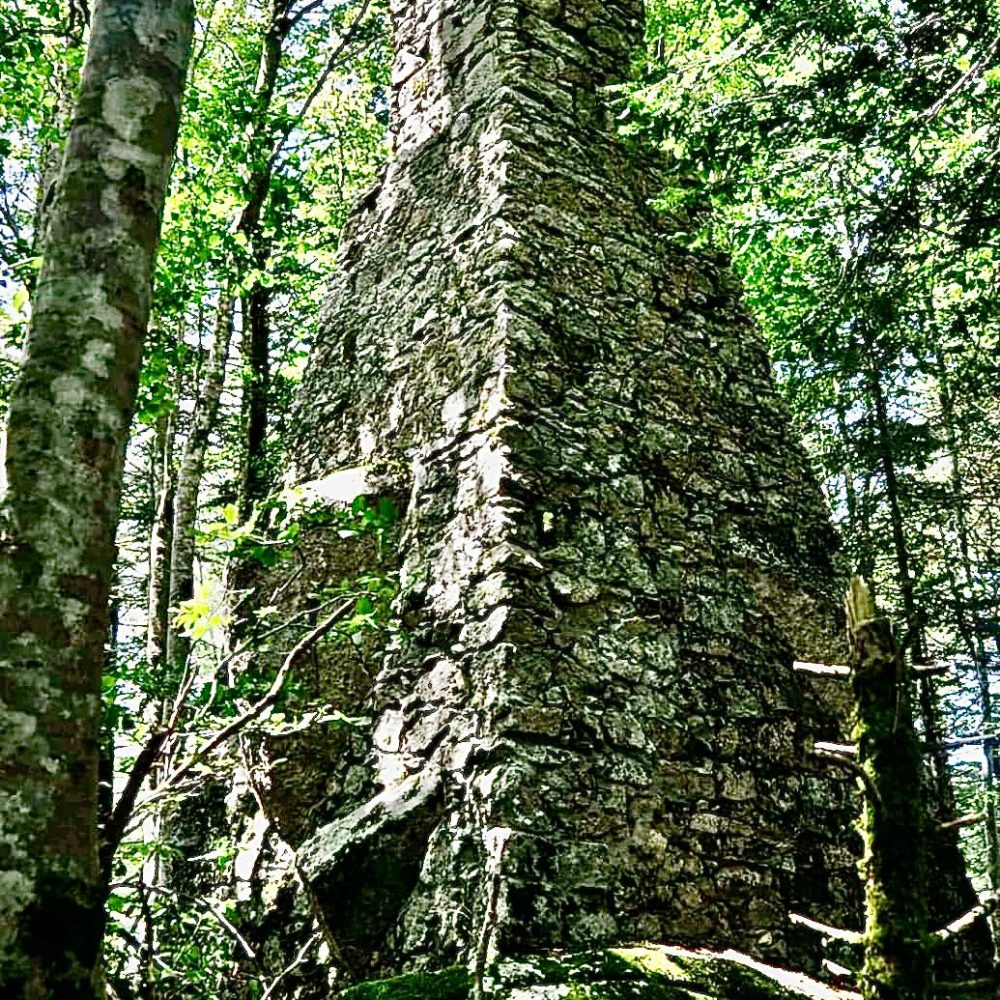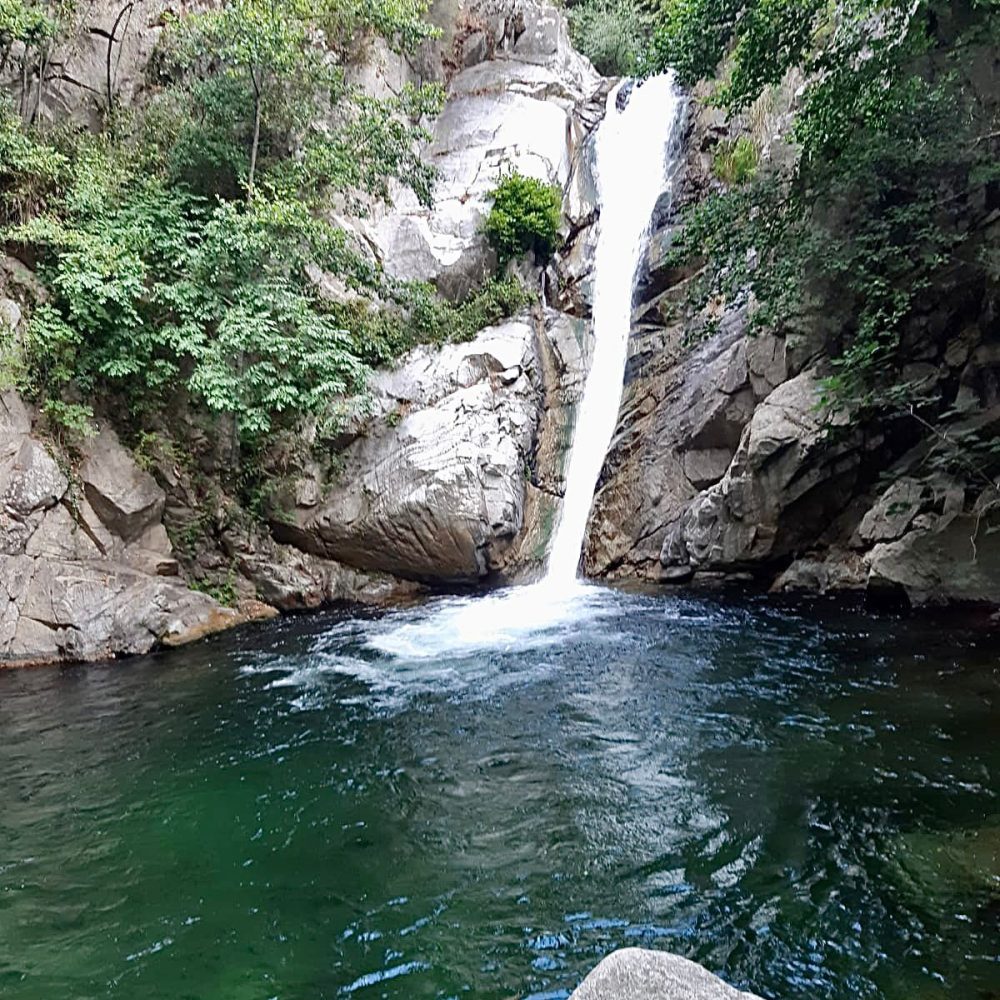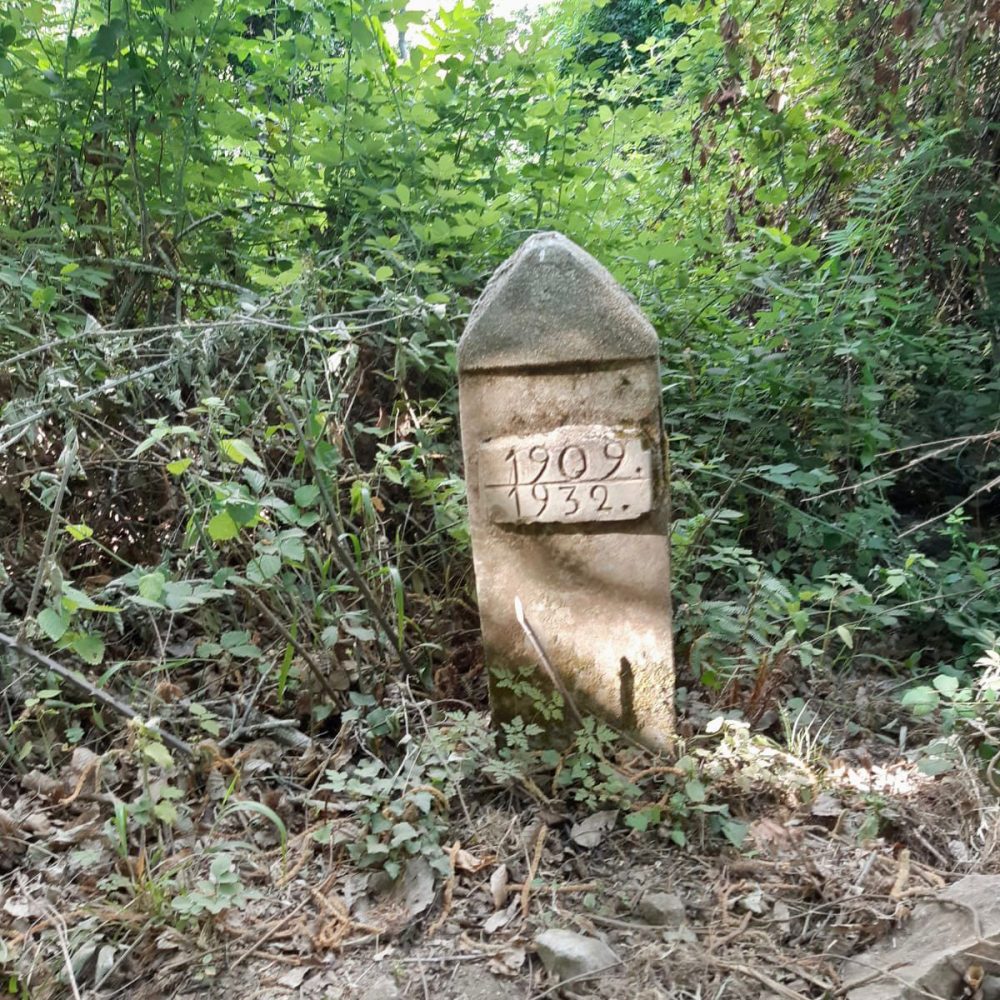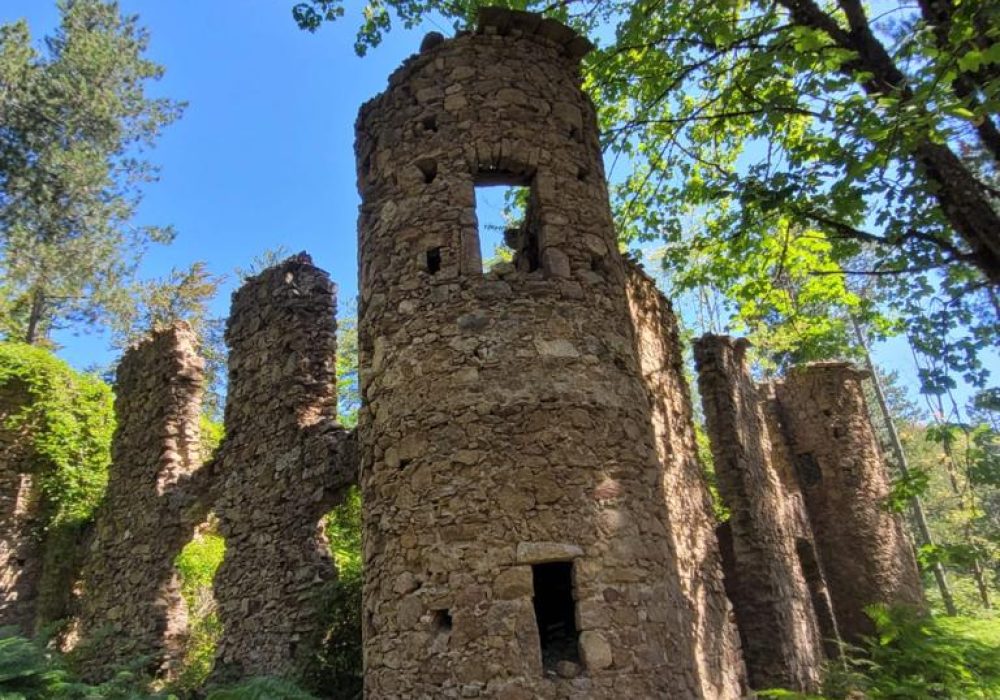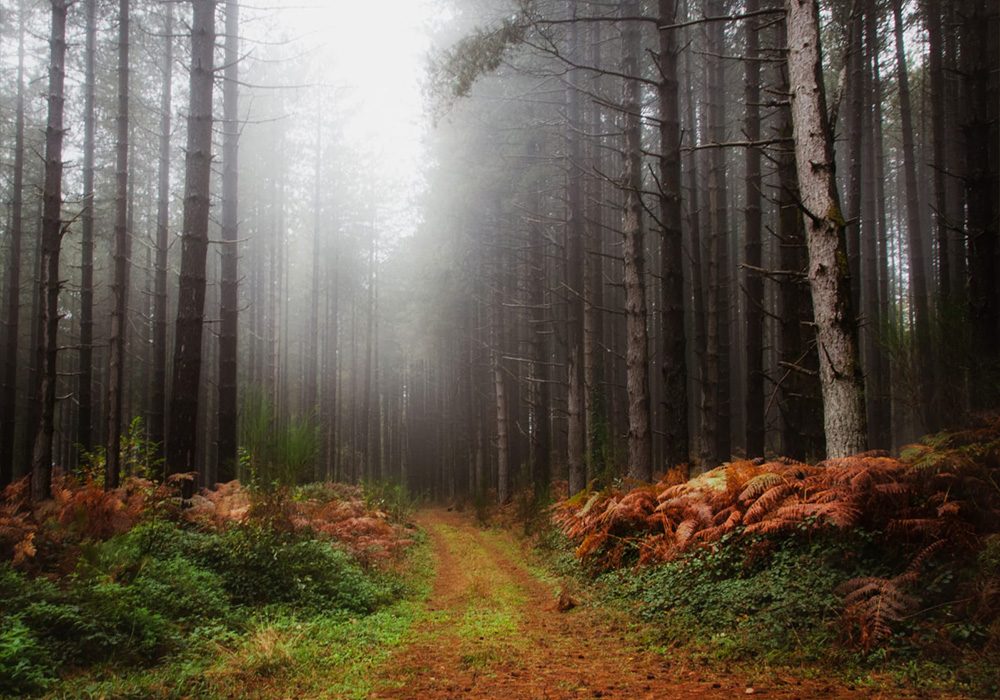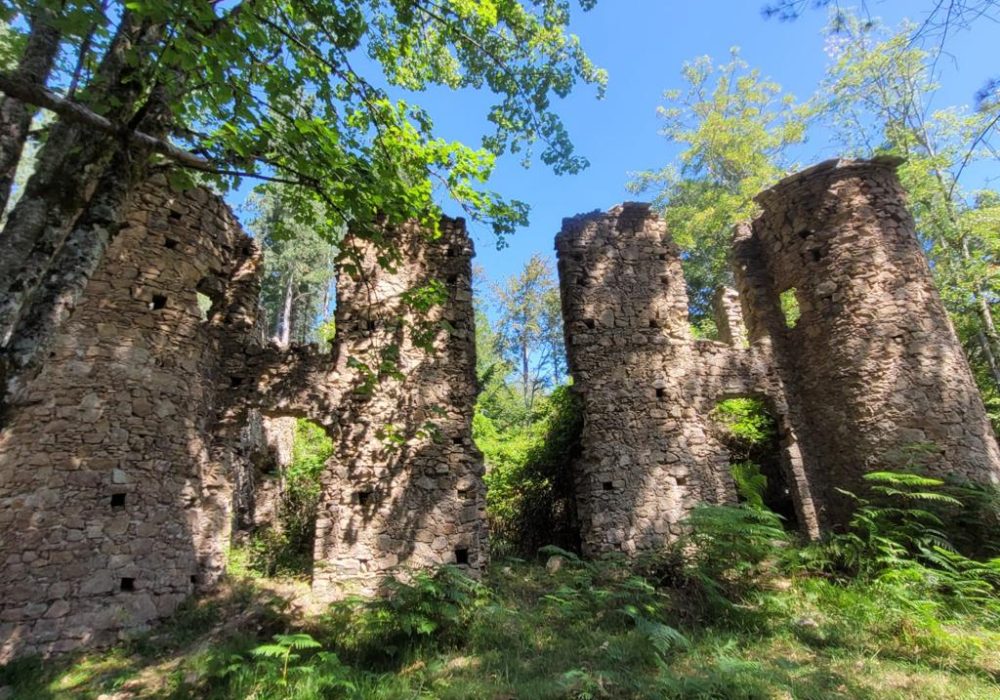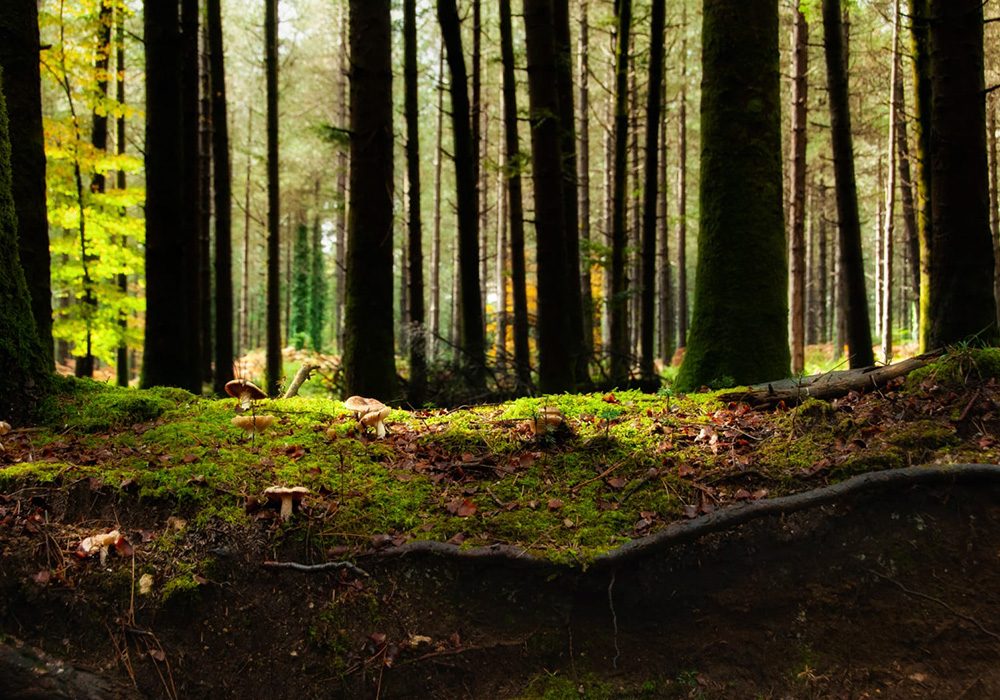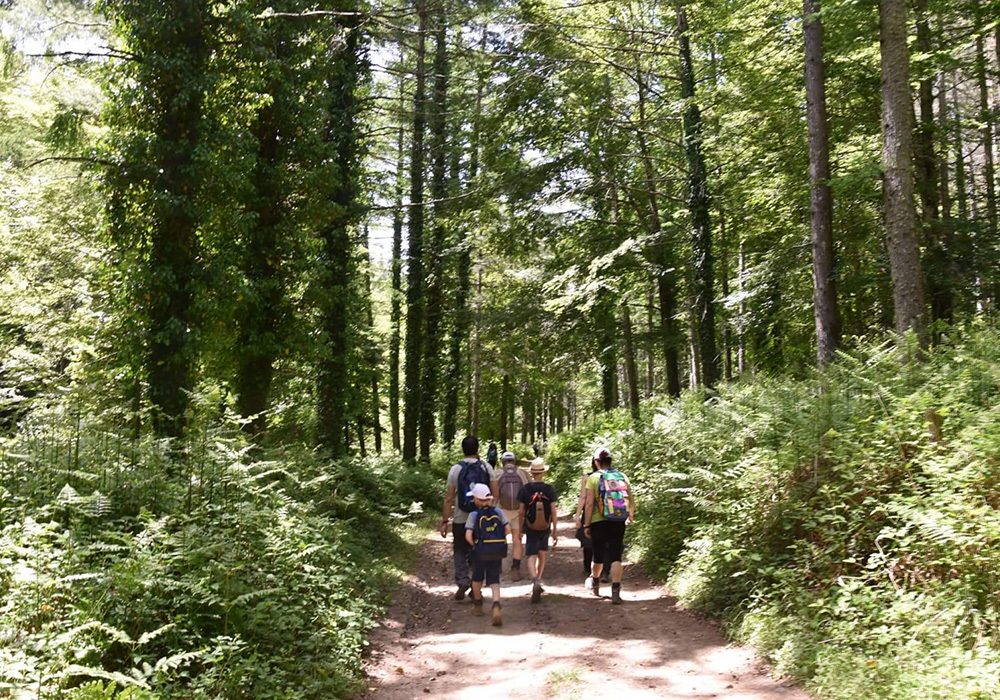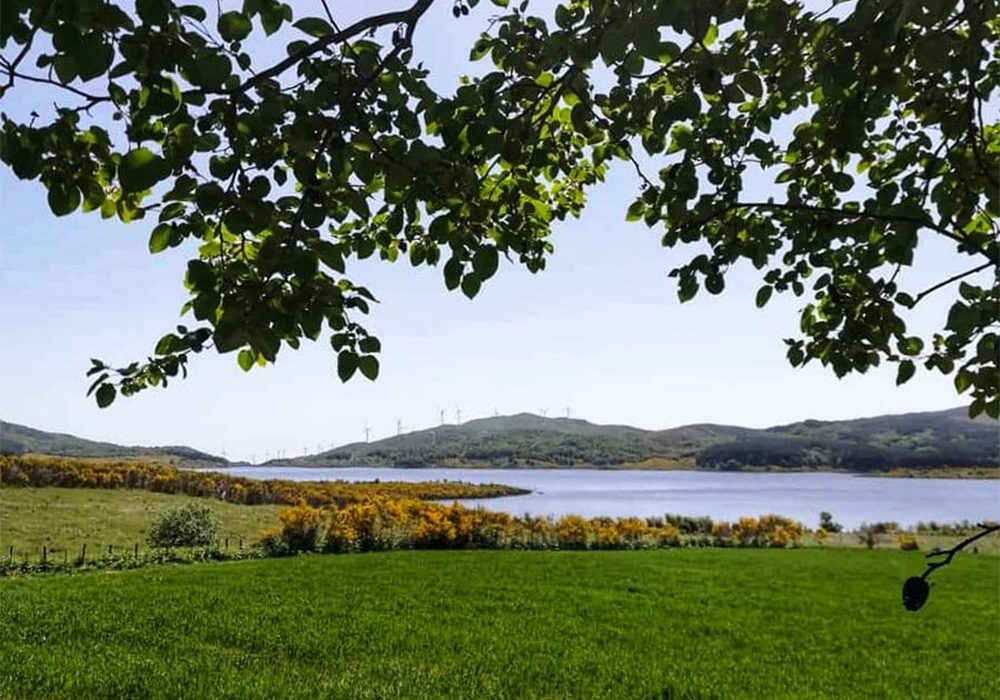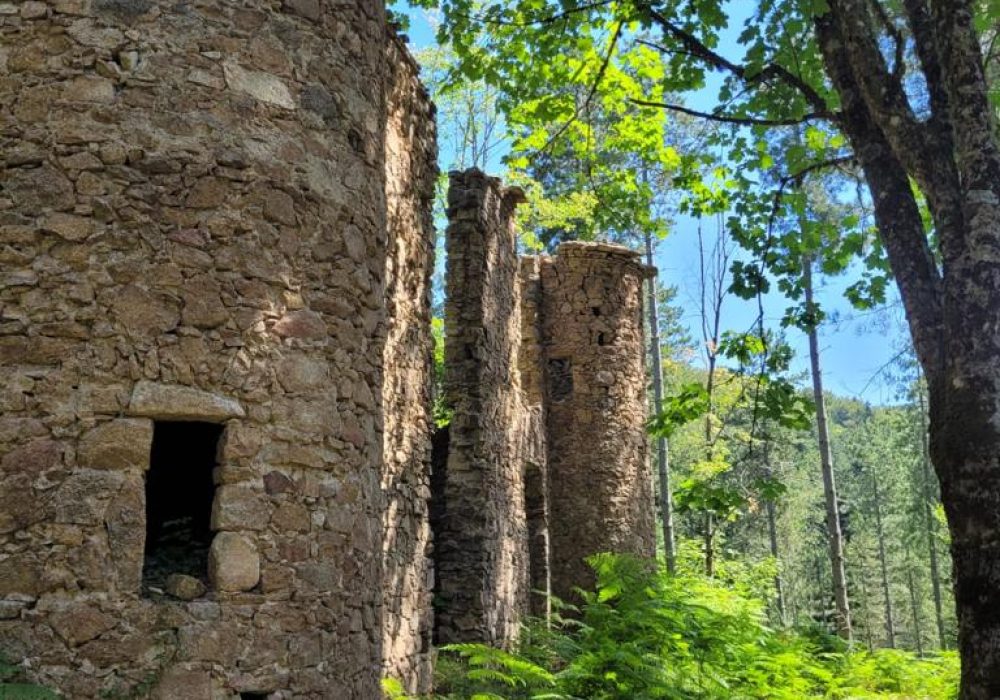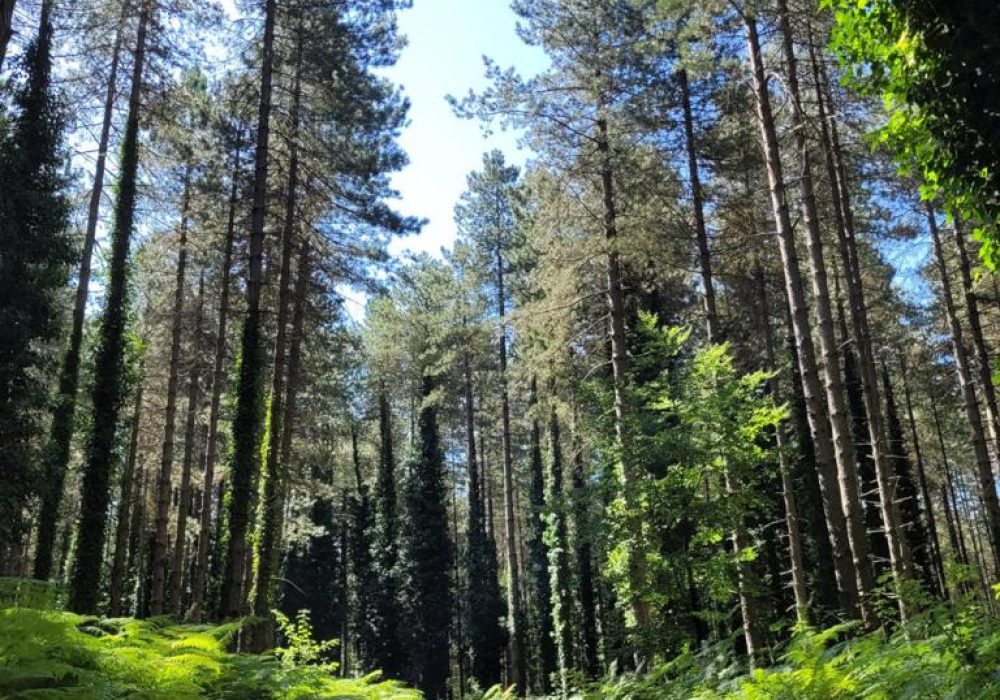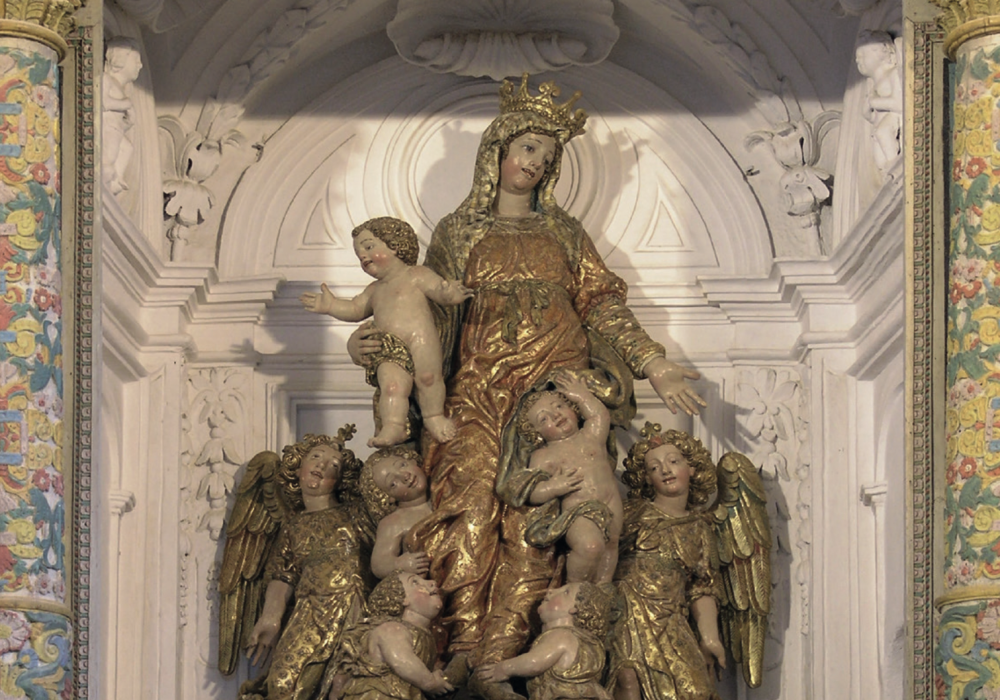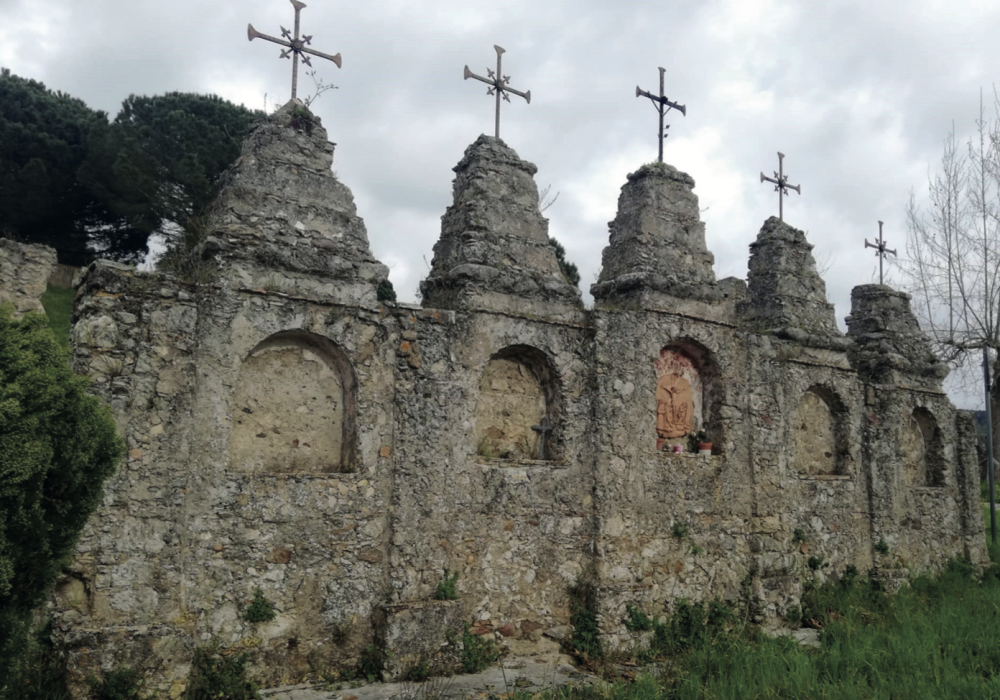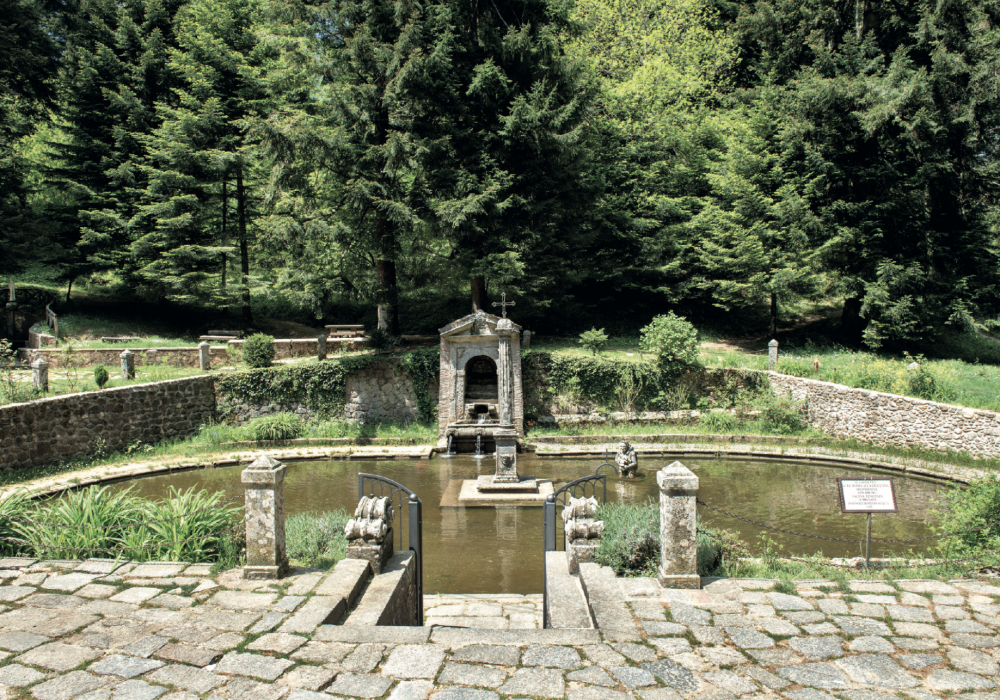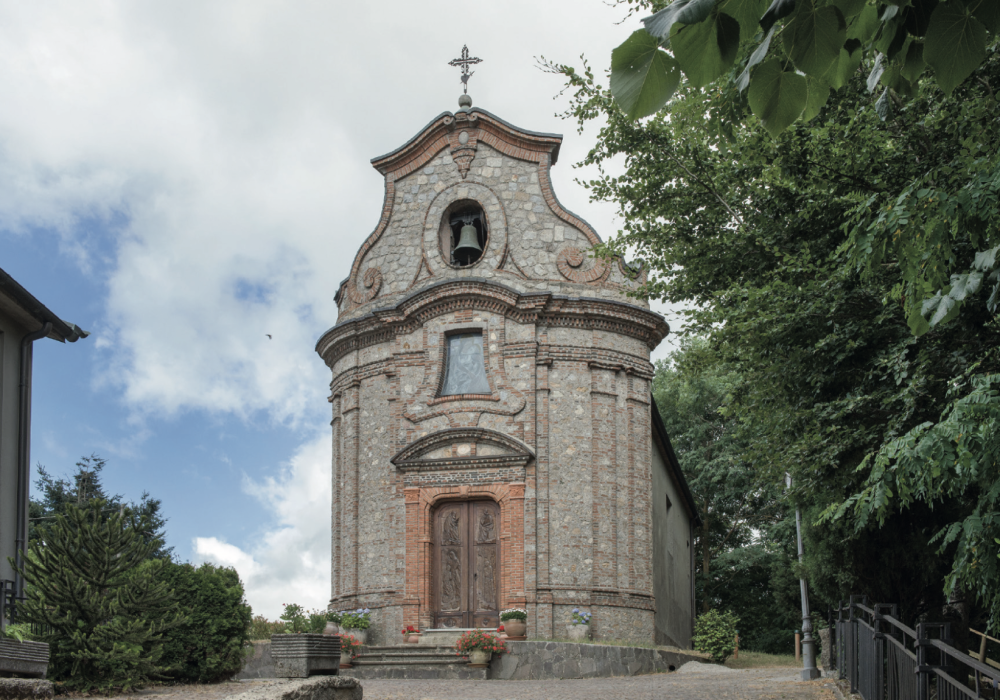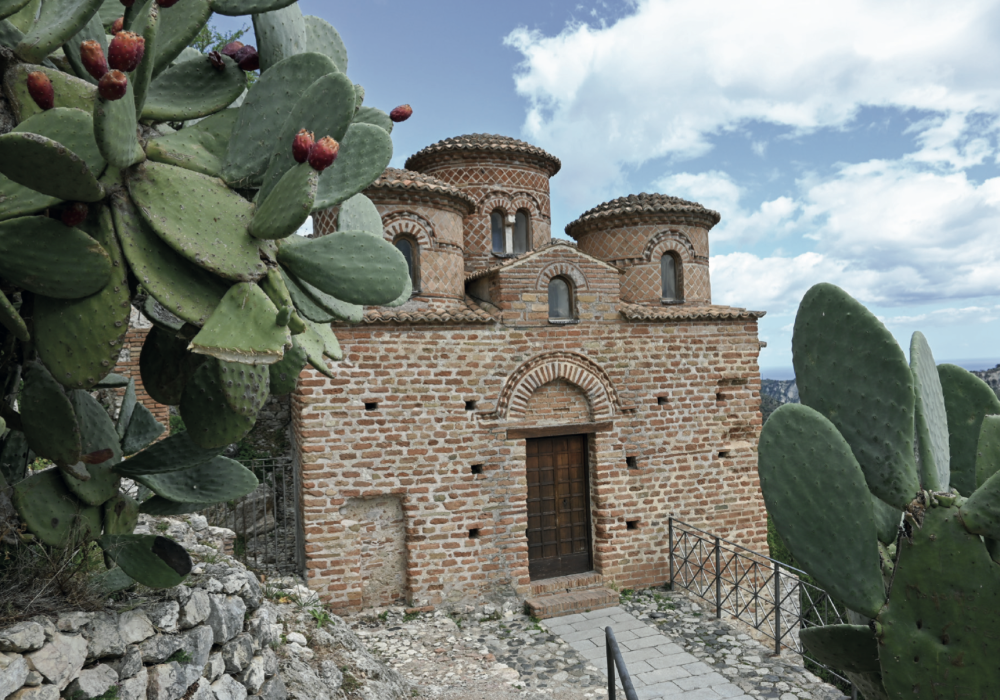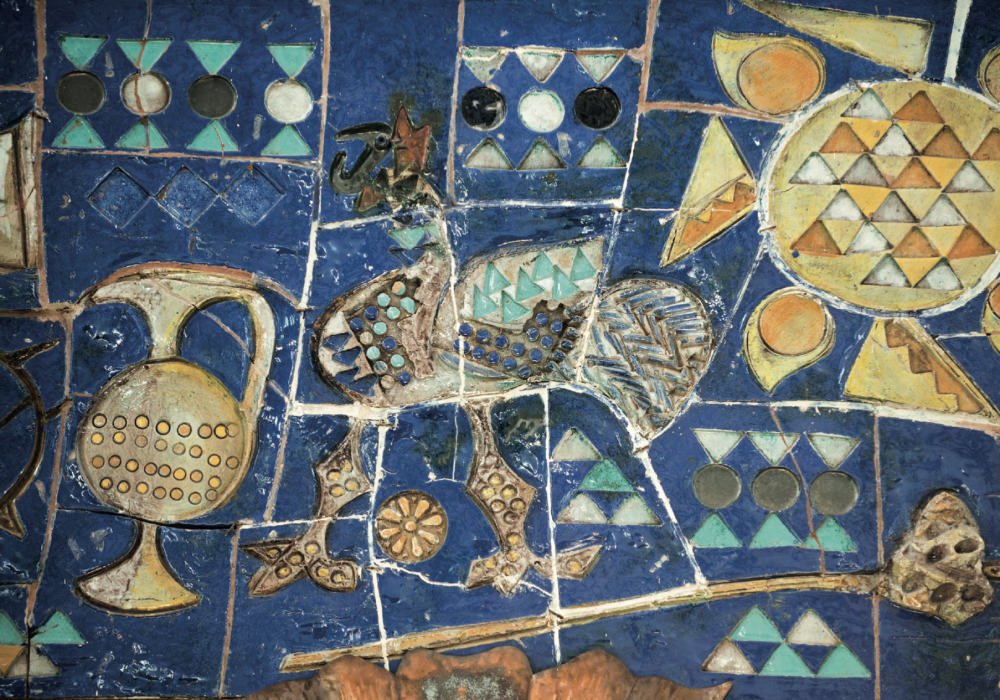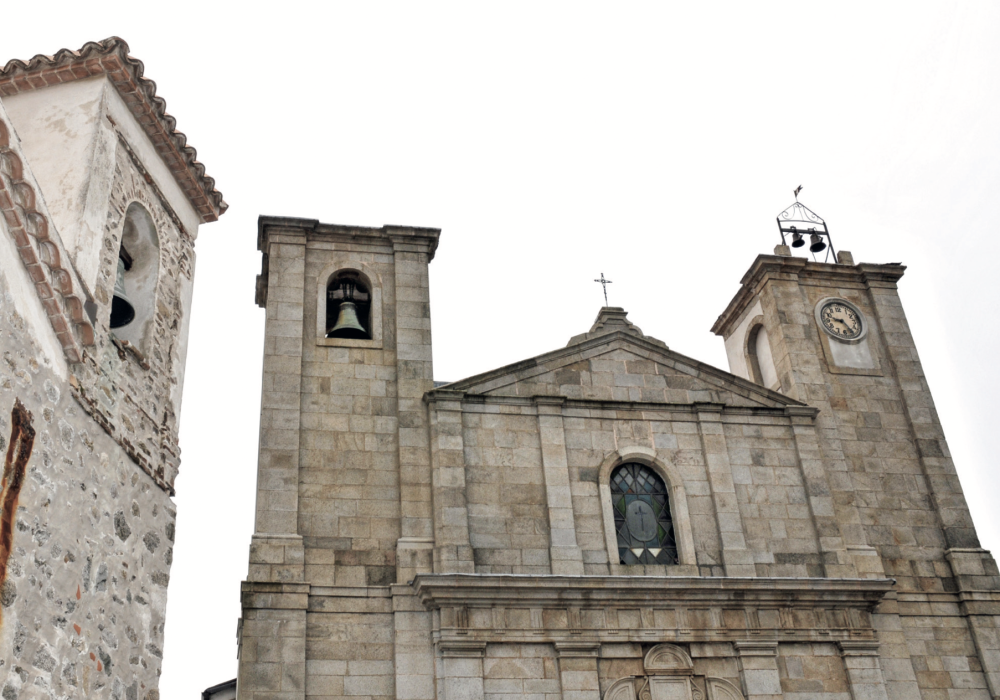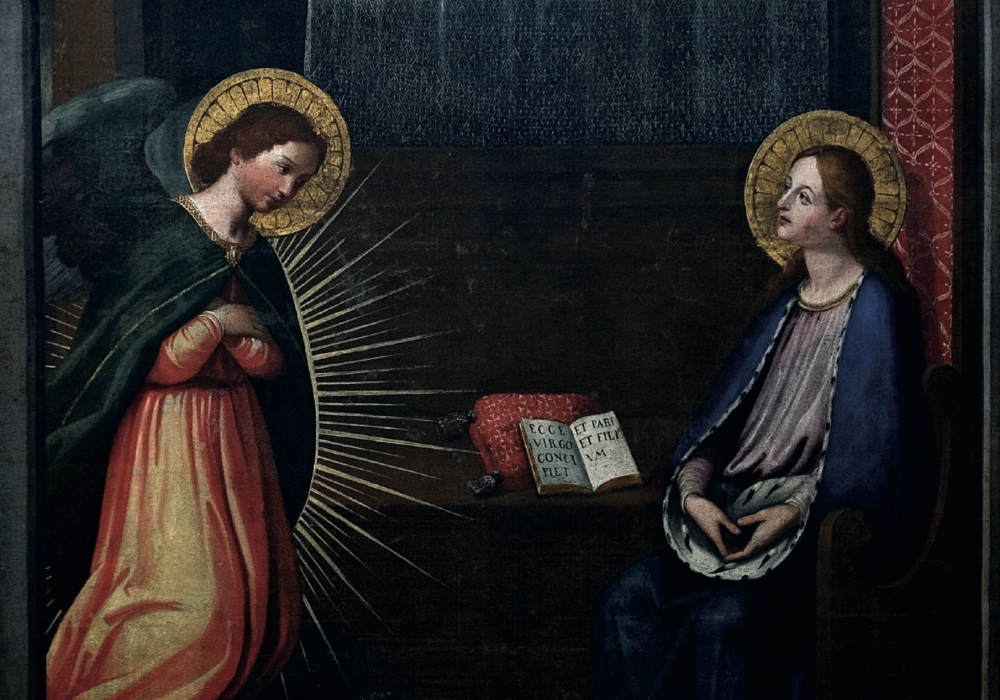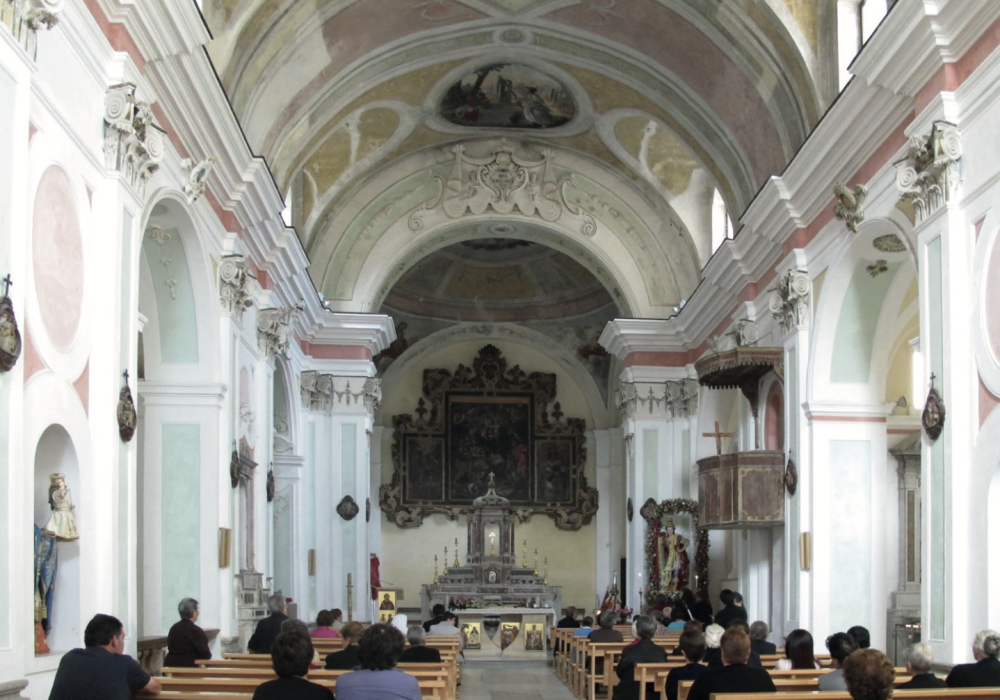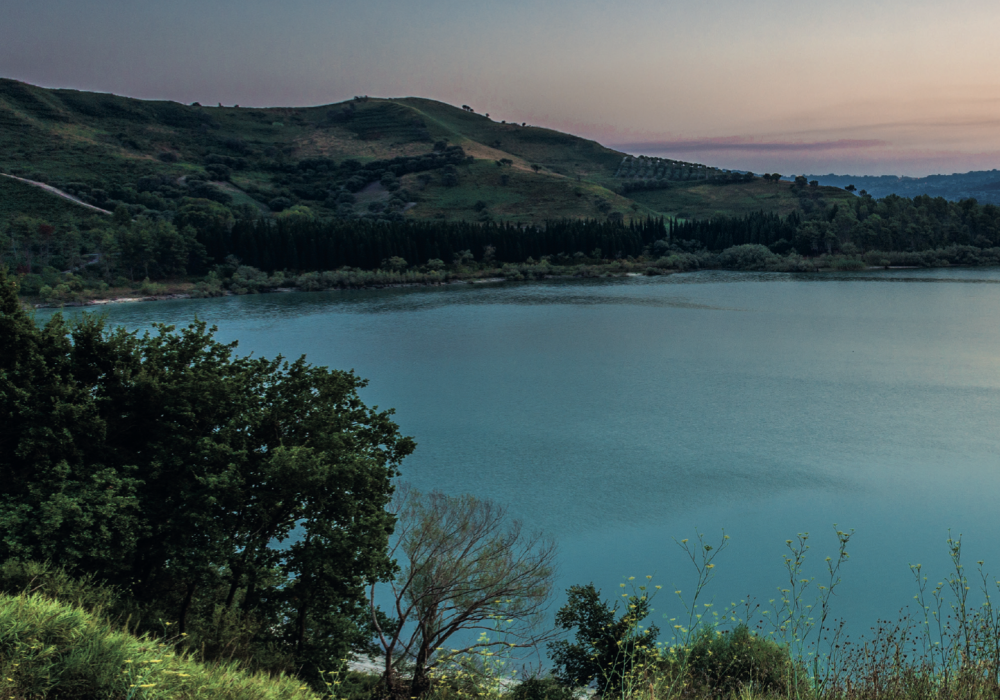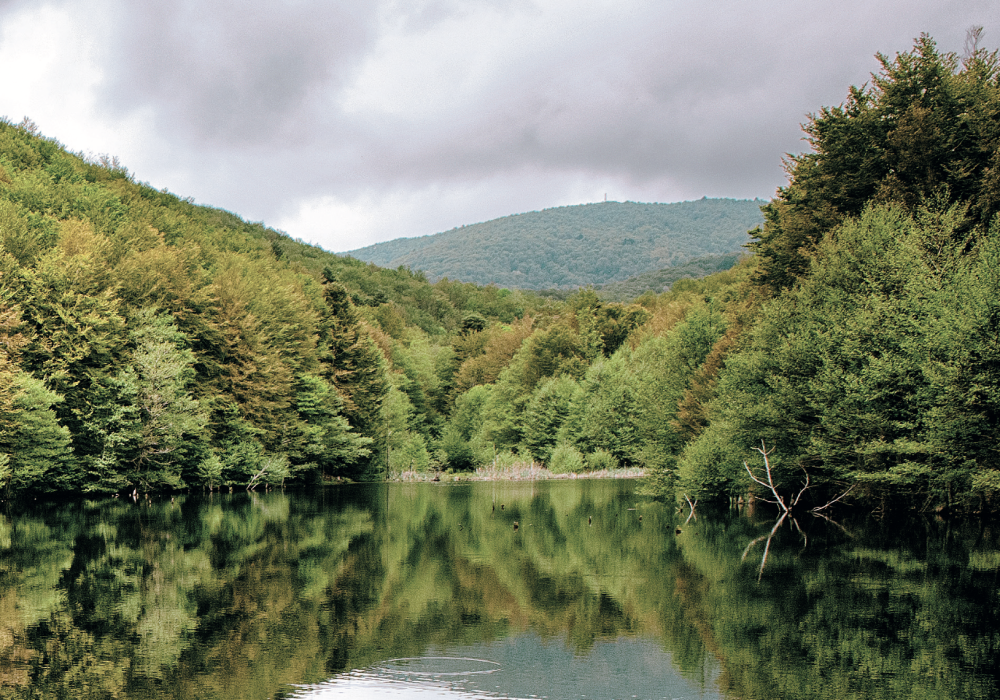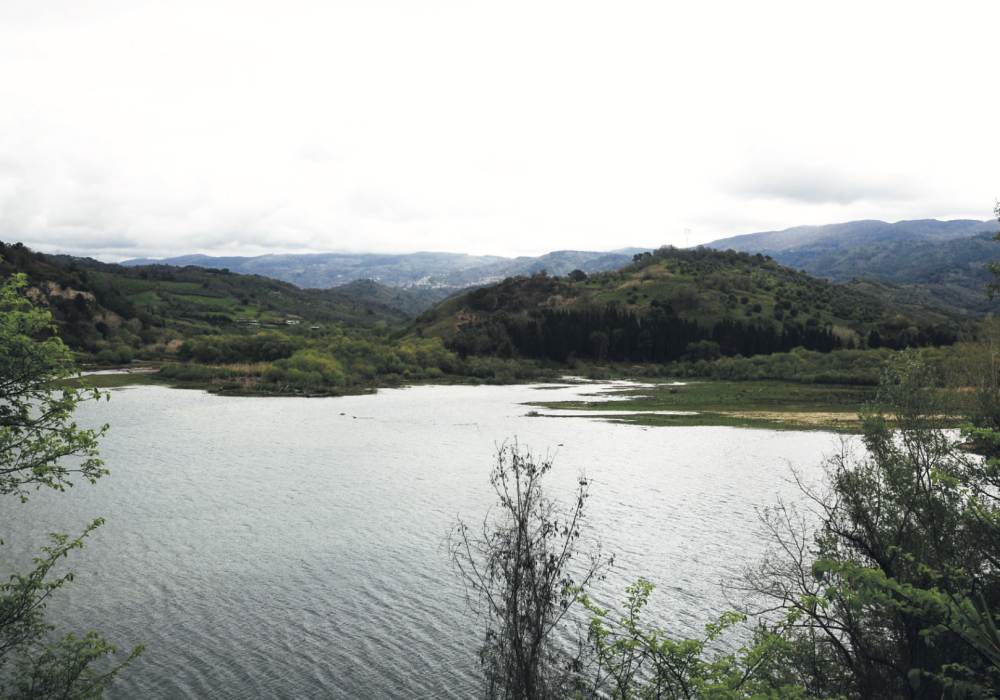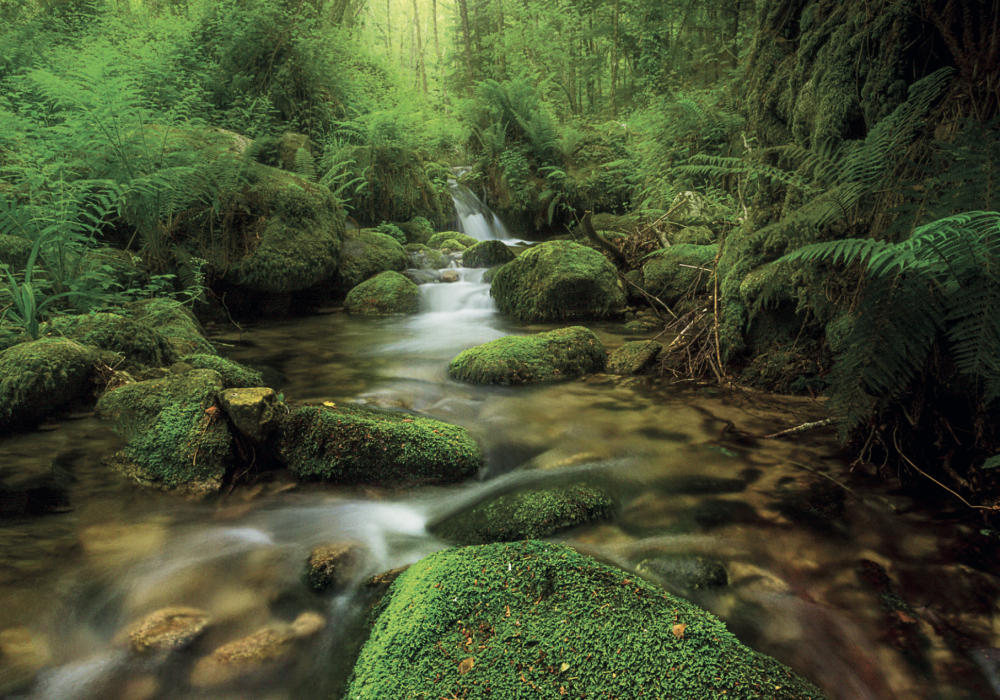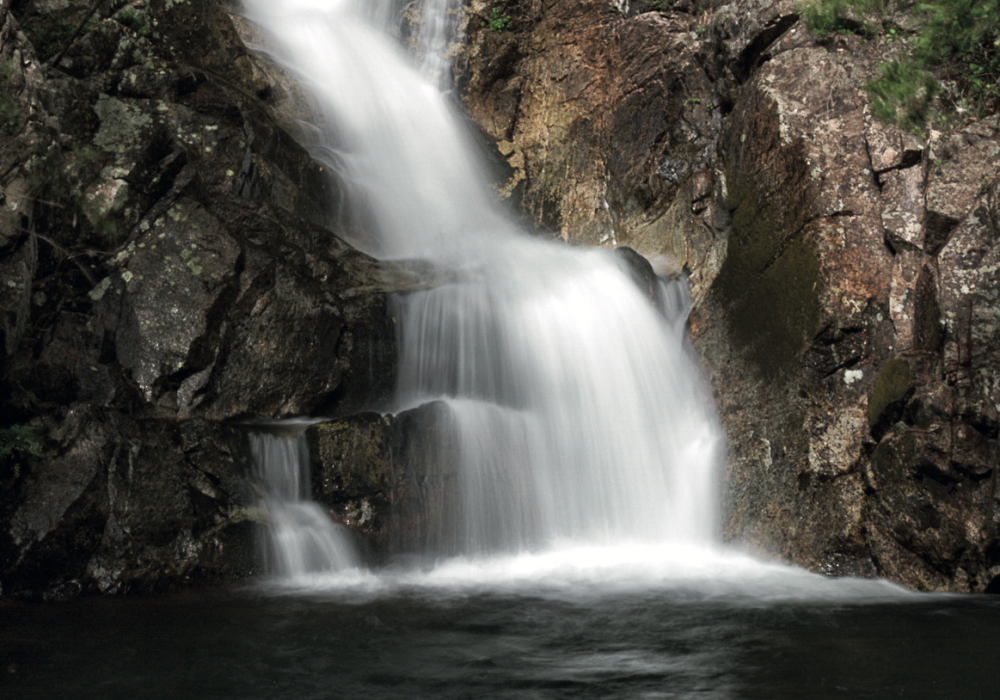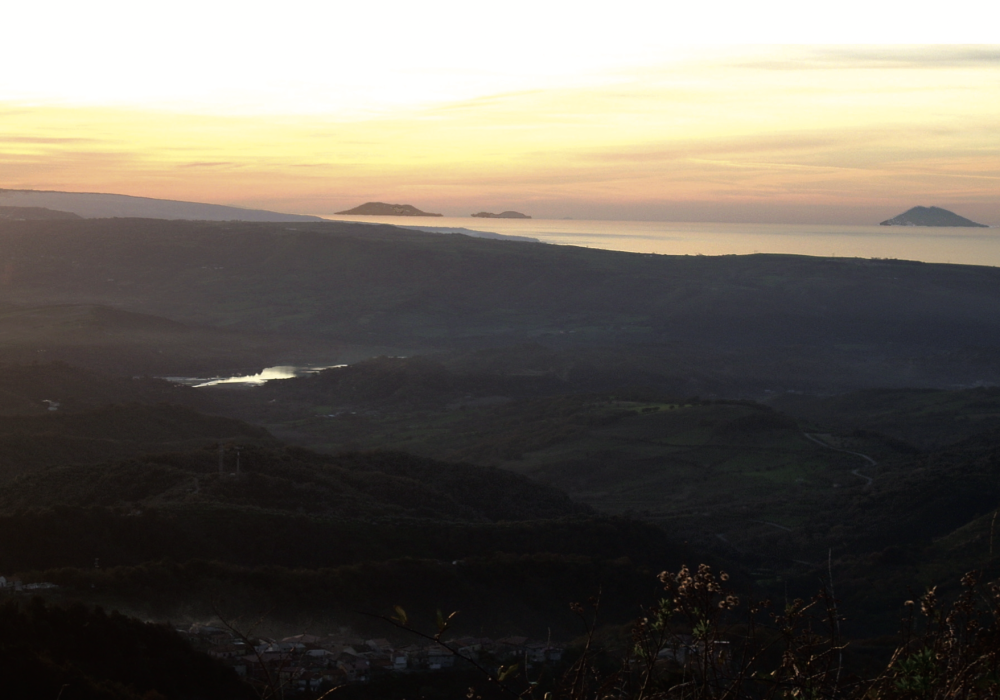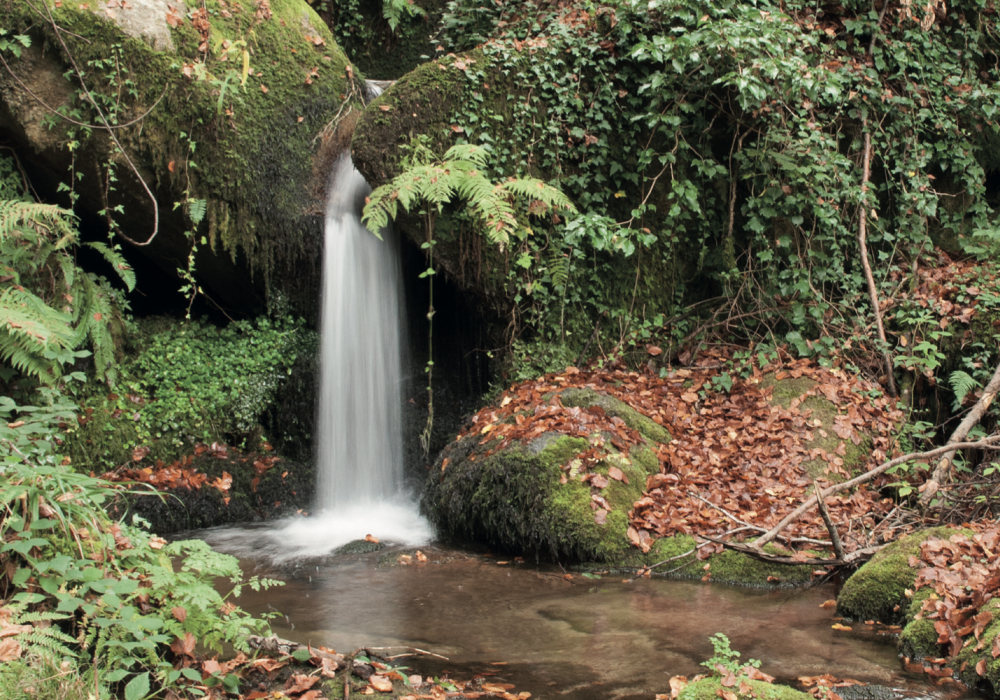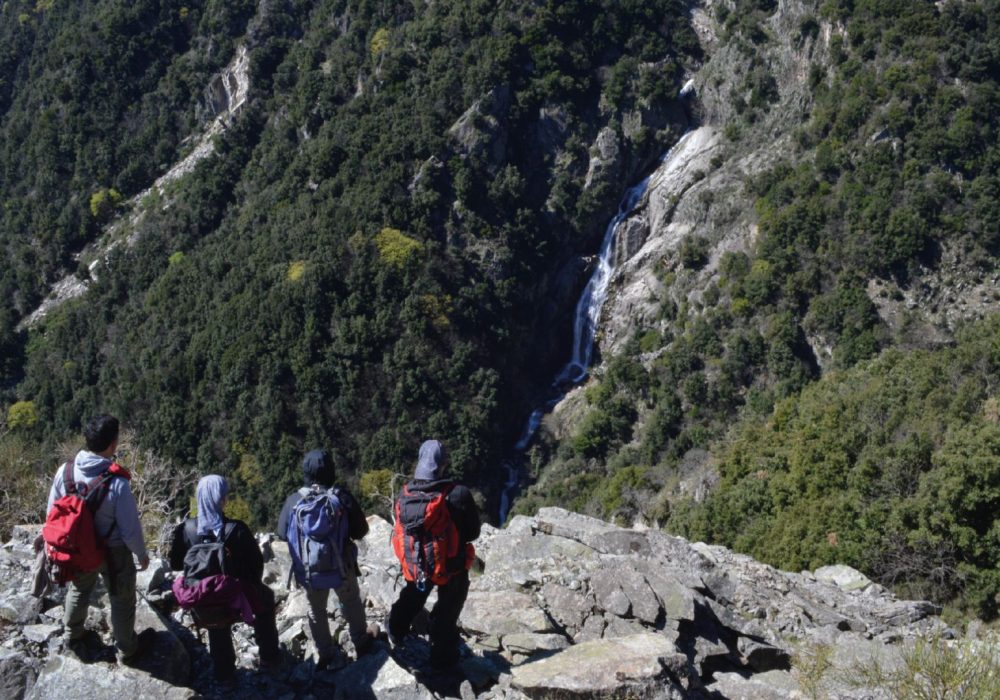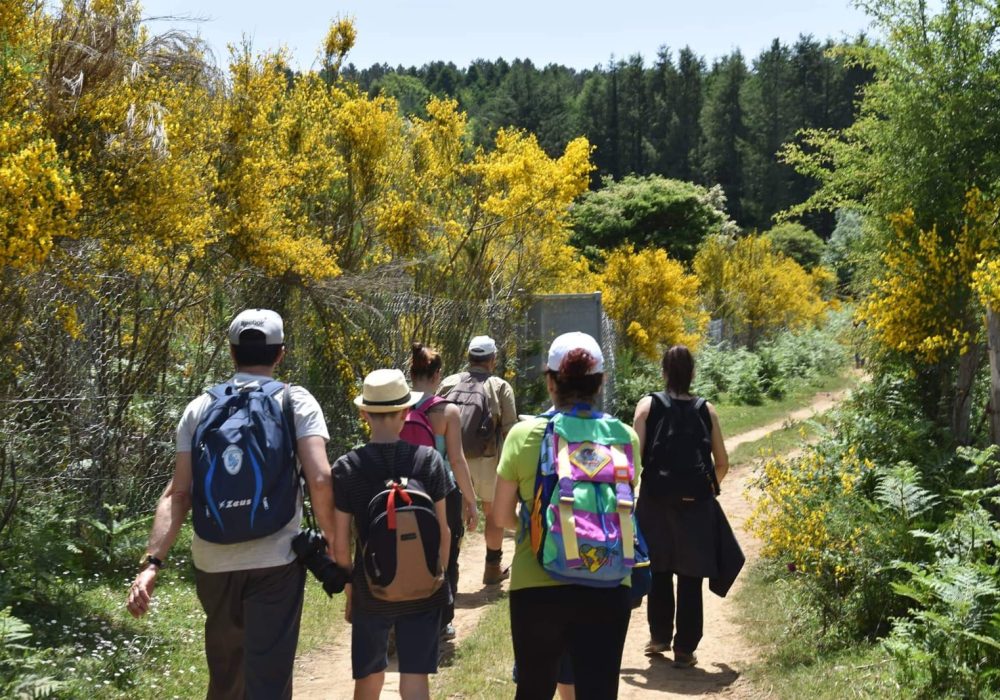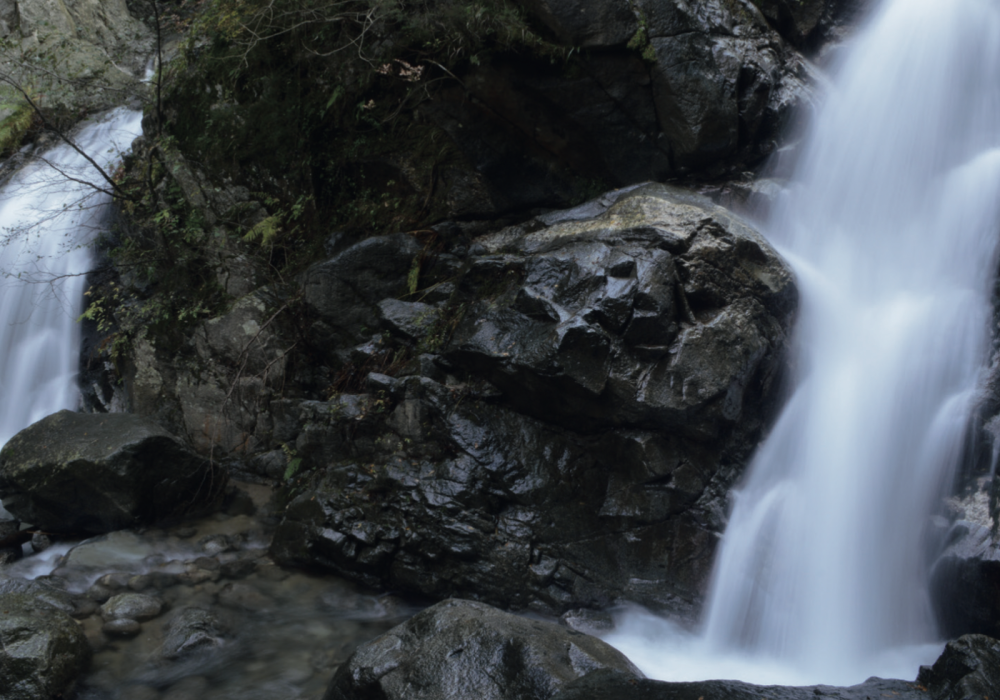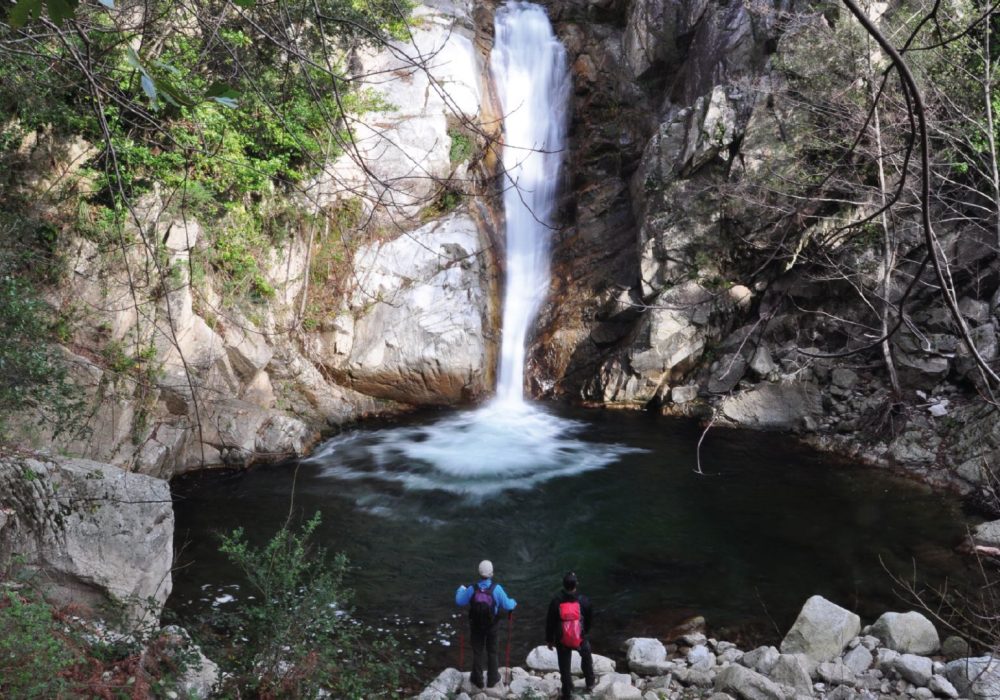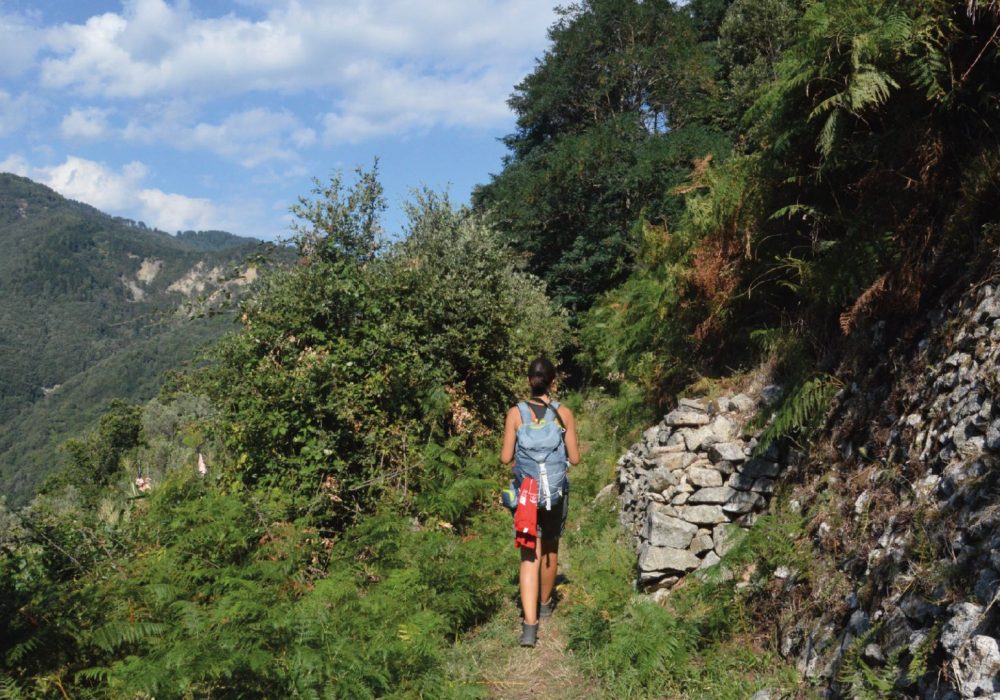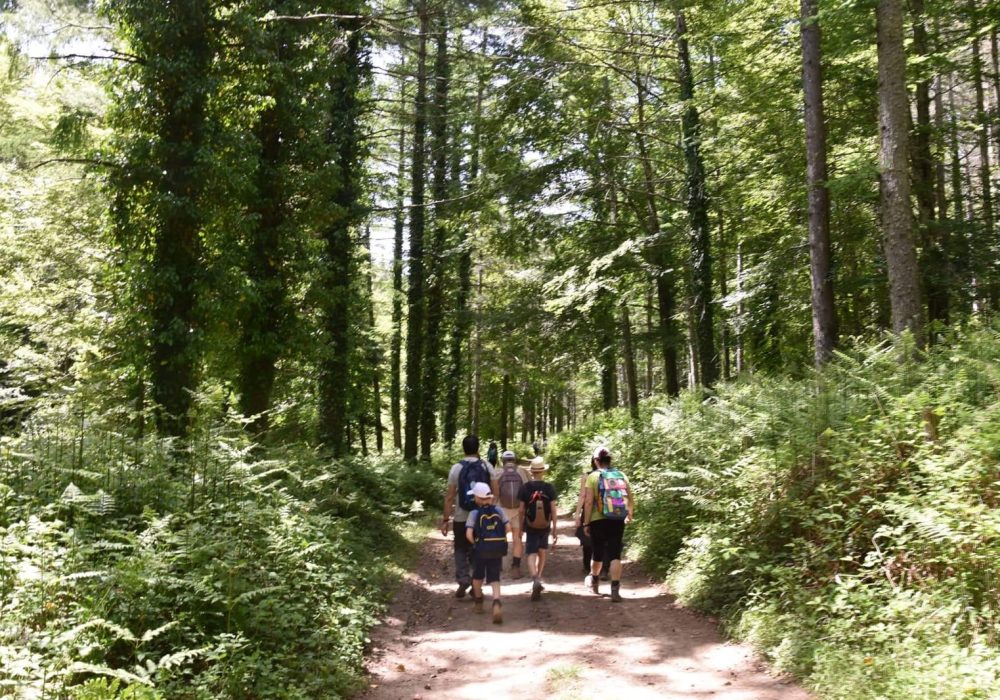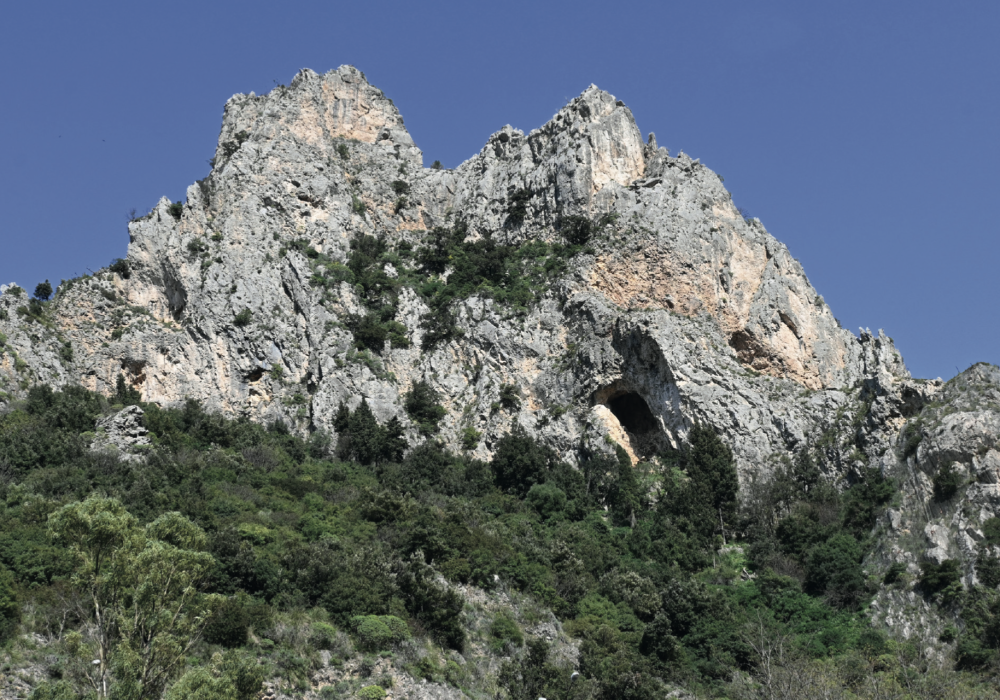Nardodipace
A train of stone running along the ridge of the hill or a ship stranded in the Allaro Valley, which arrived here in ancient times, when the river waters were still navigable, with the stern pointing towards the mountain and the prow pointing straight to the east, greeting the sun rising over the Ionian Sea. This is the most common image that visitors have of the Old Town of Nardodipace, as soon as they catch a glimpse of it at the end of a winding road that descends from the mountain to the valley, in a series of hairpin bends that follow one another through landscapes of great beauty, in the sudden change of vegetation that, within a few kilometres, sees conifers give way to holm oaks, chestnut trees and finally to olive and citrus trees. The town stands on a rocky ridge lapped by the Allaro on one side and the Aucella torrent on the other, with the houses facing the main street in quick succession, a narrow gut that runs through the town from top to bottom. It seems like a twist of fate that it is precisely these two images – the train and the ship – that the morphology of the village brings to mind, that have plotted its fate from the very beginning. What everyone around here still calls ‘lu Pajisi’ is in fact now an abandoned village, inhabited only by a handful of people who have stubbornly chosen to continue living there. It is perhaps the state of stillness, of suspended life, that makes this place so fascinating. Strolling through the streets of the old village, one can still hear voices coming from the half-doors of the blue-painted wooden doors of the small stone houses. The silence is total, interrupted only by the murmur of the river and the chirping of birds. Sometimes, on windy days, you can almost still hear the bell tower clock, of which only the empty lancet window that once housed it remains, chiming its chimes in the valley. The village, which had more than 1,200 inhabitants in the 1861 census, saw its slow decline following the disastrous flood of 1951, like other municipalities in Ionian Calabria. After that disastrous event, many citizens moved to the New Town that rose further upstream, on the plateau of Ciano. Others, however, chose to remain there among those old houses, lovingly repairing their wounds rather than moving to that new town, certainly more modern and functional, but at the same time soulless. Nardodipace remained ‘lu Pajisi’, the old village, the new town continued to be called ‘Ciano’ by everyone. The flood, however, was only one of the causes of the abandonment. In the 1950s, the whole of Calabria, especially that of the inland areas, was affected by an intense migratory movement, a sort of frenzy that on the one hand pushed the inhabitants of the ancient hillside villages to move towards the sea (contrary to what happened in Nardodipace, where the movement took place in the opposite direction) and on the other led the Calabrians to leave overseas, to Canada, the United States, Australia, and then to Northern Europe and later to the regions of the industrial triangle. A register of the Confraternity of the Sacred Heart, a glorious institution that ruled the community for more than a century and which also dissolved in the apocalypse of the 1950s, contains a list of registered brethren. Most of the names are crossed out with a blue pencil. On the side, someone has noted ‘Emigrated’ or more laconically ‘America’. While walking along the main street, the visitor cannot resist the temptation to penetrate into the alleys that open between the houses: a breathtaking spectacle will appear before him, with the two valleys, that of the Allaro and that of the Aucella, dotted with vegetable gardens built on steep terraces and, especially in spring, covered in the most luxuriant Mediterranean vegetation. One cannot leave the old town without a visit to the small church that stands in a widening in the middle of the built-up area, in the ‘campanaro’ district. Crossing the threshold of the building, one is hit by a flood of memories. Everything is clean and neat. The freshly painted walls, the freshly cut flowers on the altar. It is as if time has stopped and that small country church, with its façade pointing towards the sea, is an outpost in the fight against time and oblivion. Inside are a number of wooden statues from the Serrese workshop, including the monumental Sacred Heart of Jesus and the exquisite statue of the Madonna of the Nativity, known here as the ‘Madonna of 8 September’. Precisely 8 September, the day of the feast, is the best time to visit the village, which seems to come alive again, if only for a day. The old houses are reopened and the extinguished chimneys go back to smoking, spreading the smell of burnt wood into the air, which mingles with the smell of goat meat sauce simmering slowly in the terracotta pots and with the more acrid smell of gunpowder from the firecrackers that greet the procession of the Virgin as it winds its way, as it does every year, through the alleys.
Leaving the Vecchio Abitato, going further upstream along the provincial road that, joining the former state road 110, reaches Serra San Bruno, one arrives in the new town of Nardodipace. It is the highest located centre in the entire Serre Park, at a height of 1,100 metres. The town came into being in two successive phases, the first being the post 1951 flood reconstruction, the second after the 1972/’73 flood. The original nucleus, that of the 1950s, was designed by the famous architect Saul Greco, although over time the various interventions carried out on the houses by the owners have distorted the original forms and harmony. Greco’s style is fully reflected in the church, which stands on an elevated point in the village. Observing the interior of the building, one is amazed by the severe style that only emphasises the load-bearing structures, according to what was called ‘engineers’ architecture’ in those days. But what really leaves the visitor speechless are the extraordinary majolica tiles by Pietro Cascella that adorn the entire temple. Cascella is one of the greatest Italian sculptors of the 20th century, the author, together with his brother Andrea and the architect Lafuente, of the famous ‘monument to the victims of Auschwitz’ in the Polish concentration camp. Nardodipace’s works are truly a rarity: as is well known, the sculptor from Abruzzo preferred the use of stone and dedicated himself to ceramics for a rather short period of time. Cascella’s works include the Byzantine-style Madonna on the façade; the monumental bas-relief on the altar; the baptismal font, with its shapes reminiscent of pre-Columbian art but of great theological significance (a single Spirit permeating the multiform expressions of religiosity); the Way of the Cross; the frontals (the one on the high altar is splendid); the holy water fonts, chandeliers and other decorative elements on the altars. A true museum of contemporary art, as surprising as it is unexpected. In 2005, news came from Nardodipace that went around the world: two imposing megalithic complexes probably dating back to the late Stone Age had been discovered in the small town of Serre. ‘The Italian Stonehenge’, the newspapers headlined. To tell the truth, the two structures had been known to the locals since time immemorial and their peculiarity had certainly not gone unnoticed, so much so that they had been called ‘pietri ‘ncastedrati’ or ‘the piled stones’ in the local dialect. The most sensational discoveries, as we all know, are those that have always been there for all to see, and what makes them possible is precisely a different look. In the case of Nardodipace, it was a local photographer, a lover of ancient history, who realised that perhaps these structures held a story even more compelling than that of the hen with the golden chicks who reveals the secret of her treasure to the lucky one in a dream, which was always told to children on long winter evenings in front of the hearth. However, the experts’ opinions were divided from the start. The geologist from the University of Calabria who rushed to investigate that mystery had no doubts about the anthropic origin, as did some prehistoric scholars; strong perplexities were instead put forward by the archaeologists sent by the superintendency. The doubts have not so far been dispelled by a campaign of excavations or investigations with georadar, and an even more sibylline taxonomy has been opted for, calling the two complexes ‘geosites’.
Whether they were the scene of ancient rituals and sacrifices to some unknown deity, or whether they are the result of who knows what upheaval in the terrain that gave them this peculiar shape, the megaliths (we will call them this, in the full etymological meaning of the term) remain places of incredible charm, immersed in an extraordinary natural context, undoubtedly worthy of being visited and admired in all their majestic and arcane beauty.
